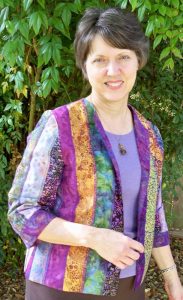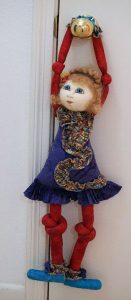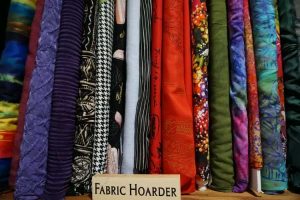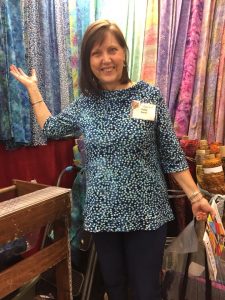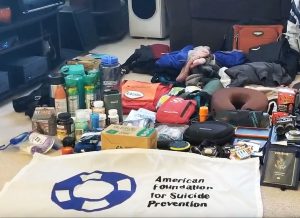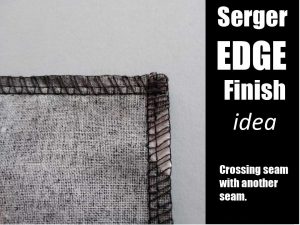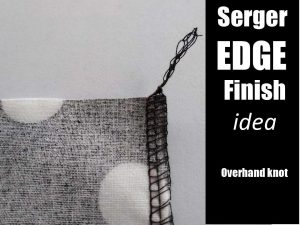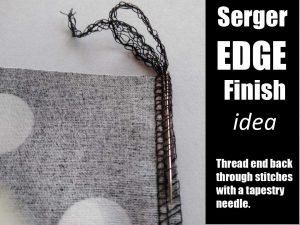The threat of the Covid-19 Coronavirus has made a tremendous impact on most of our lives. My personal life went from run, run, run to near total isolation. While others are struggling with how to occupy their time at home, those of us in the sewing community have a different perspective. When given lemons, we make lemonade.
No, we are not in the kitchen!
 We immediately turned to our sewing rooms. While others were scouring the stores for toilet paper, we sauntered into our sewing rooms to peruse our “stash” and plan which of those waiting projects would finally get our attention. We are not lazily wasting time watching TV reruns or movies for the umpteenth time. Instead, we are giving ourselves permission to use this self-imposed quarantine time to exercise our creativity, to enjoy our time, and SEW!
We immediately turned to our sewing rooms. While others were scouring the stores for toilet paper, we sauntered into our sewing rooms to peruse our “stash” and plan which of those waiting projects would finally get our attention. We are not lazily wasting time watching TV reruns or movies for the umpteenth time. Instead, we are giving ourselves permission to use this self-imposed quarantine time to exercise our creativity, to enjoy our time, and SEW!
My usual schedule is to leave the house around 9 AM to go to my job teaching at the local college. When I leave mid-afternoon, I then go to a learning center where I tutor at-risk students until 7 PM. Somehow I also squeeze in three neighborhood groups, not to mention some community activities as well. Oh, and then there are the grandchildren just a few miles away. When do I have time to sew?
Thanks to Covid-19, the college has moved to online teaching, the tutoring center is closed, community activities are cancelled and the grands are staying at home with Dad. So my future for the next month looks like time for me. I’m supposed to stay at home. So I will.
Moving (a bit) out of the sewing room
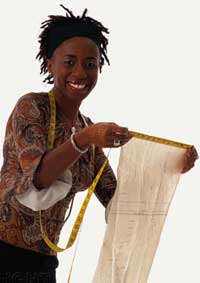 Despite having a large sewing room, I decided to set up my embroidery machine on the dining room table. That way should I decide to cook, I can embroider and still listen for the microwave to ding. The rest of the time I plan to isolate myself in my sewing room and enjoy the freedom to create a new wardrobe with some of my favorite patterns.
Despite having a large sewing room, I decided to set up my embroidery machine on the dining room table. That way should I decide to cook, I can embroider and still listen for the microwave to ding. The rest of the time I plan to isolate myself in my sewing room and enjoy the freedom to create a new wardrobe with some of my favorite patterns.
If I decide to take a break from creating, I may just take the time to check out the educational programs available to ASG members. There were a few I started to watch on fitting and drafting changes that I never did get back to. This would be a great time to just sit back, enjoy and learn.
While my husband used to scoff at my fabric collection, I can now imply that it was simply planning ahead. I had the foresight to make all those purchases for just such a rainy day. And all those patterns, just perfect for a variety of new outfits. Who knows, I may even get around to making him that shirt I promised last summer.
So while we all deal with whatever is to come of this virus, I hope you all stay healthy and safe and enjoy your time doing what we love, SEWING.
~Rosemary Fajgier





